Carol wrote:
New computers could delete thoughts without your knowledge, experts warn
Full article: http://www.independent.co.uk/news/science/delete-thoughts-read-your-mind-without-your-knowledge-neurotechnology-new-human-rights-laws-a7701661.html
New human rights laws are required to protect sensitive information in a person’s mind from 'unauthorised collection, storage, use or even deletion',” wrote the playwright John Milton in 1634.
But, nearly 400 years later, technological advances in machines that can read our thoughts mean the privacy of our brain is under threat. Now two biomedical ethicists are calling for the creation of new human rights laws to ensure people are protected, including “the right to cognitive liberty” and “the right to mental integrity”.
Scientists have already developed devices capable of telling whether people are politically right-wing or left-wing. In one experiment, researchers were able to read people’s minds to tell with 70 per cent accuracy whether they planned to add or subtract two numbers.
Facebook also recently revealed it had been secretly working on technology to read people’s minds so they could type by just thinking.
And medical researchers have managed to connect part of a paralysed man’s brain to a computer to allow him to stimulate muscles in his arm so he could move it and feed himself.
The ethicists, writing in a paper in the journal Life Sciences, Society and Policy, stressed the “unprecedented opportunities” that would result from the “ubiquitous distribution of cheaper, scalable and easy-to-use neuro-applications” that would make neurotechnology “intricately embedded in our everyday life”.
Mind-reading breakthrough lets scientists ‘talk’ to locked-in patients. However, such devices are open to abuse on a frightening degree, as the academics made clear. They warned that “malicious brain-hacking” and “hazardous uses of medical neurotechnology” could require a redefinition of the idea of mental integrity.
“We suggest that in response to emerging neurotechnology possibilities, the right to mental integrity should not exclusively guarantee protection from mental illness or traumatic injury but also from unauthorised intrusions into a person’s mental wellbeing performed through the use of neurotechnology, especially if such intrusions result in physical or mental harm to the neurotechnology user,” the ethicists wrote.
“The right to mental privacy is a neuro-specific privacy right which protects private or sensitive information in a person’s mind from unauthorised collection, storage, use, or even deletion in digital form or otherwise.”
And they warned that the techniques were so sophisticated that people’s minds might be being read or interfered with without their knowledge.
“Illicit intrusions into a person’s mental privacy may not necessarily involve coercion, as they could be performed under the threshold of a persons’ conscious experience,” they wrote in the paper.
“The same goes for actions involving harm to a person’s mental life or unauthorised modifications of a person’s psychological continuity, which are also facilitated by the ability of emerging neurotechnologies to intervene into a person’s neural processing in absence of the person’s awareness.”
They proposed four new human rights laws: the right to cognitive liberty, the right to mental privacy, the right to mental integrity and the right to psychological continuity.
Professor Roberto Andorno, an academic at Zurich University’s law school and a co-author of the paper, said: “Brain imaging technology has already reached a point where there is discussion over its legitimacy in criminal court, for example as a tool for assessing criminal responsibility or even the risk of re-offending.
“Consumer companies are using brain imaging for 'neuromarketing' to understand consumer behaviour and elicit desired responses from customers.
“There are also tools such as 'brain decoders' which can turn brain imaging data into images, text or sound.
“All of these could pose a threat to personal freedom which we sought to address with the development of four new human rights laws.”
orthodoxymoron wrote:I keep getting the sinking-feeling that the computers "took-over" a long time ago, and we're just finding-out about it now. Would you wish to have your consciousness downloaded into a super-computer when your body dies of natural (or unnatural) causes?? What if someone pressed the wrong button, and eliminated "YOU" for all-eternity?? I keep joking about living and working in a 600 square-foot office-apartment with a supercomputer, but is this really a stupid and farfetched idea?? What if one carried on telepathic-conversations with their supercomputer?? What if one became corrupted and brainwashed by their own computer?? Will ALL of US be thinking and speaking like computers in the near-future?? Is fast-thinking, fast-walking, and fast-talking the way of the future?? Should I wish to be a Mainframe-Linked Globo-Cop Bankster-Warrior in my next "incarnation"?? What sort of a Technological-Hell are we descending into?? What if at least some Reptilians and Greys are simply Ex Machina Creations wearing Special-Suits?? What Would Nathan Say?? "What is Reality??" might be an impossible question to answer!! What Would "Sweetie" Say?? Around the year 2000, I spoke with a sexy former Microsoft employee about Wearable-Computers (as I drove her to her waterfront-home). I thought they were the way of the future, but she said (with a smile) "Bill doesn't think so!!" What if she was Bill's Boss?? What Would Seymour Cray Say?? What Would Mr. Edgars Say?? I continue to think that wars and rumors of wars are scripted. I found it interesting that Josh from World Alternative Media mentioned that we might've been in WWIII since 9/11/2001. Catherine Austin Fitts recently spoke of WWIII extending from 2001 to 2025. I find the 2025 date interesting, in light of a short video clip from the Babylon 5 Series (below). Notice all of the dates mentioned. I keep wondering if they're significant?! Babylon 5 was made from 1993 to 1998. Notice also that December 21, 2012 is right in the middle of 2001 to 2025!! What if WWIII is a battle for the control of the REALLY Nasty Ancient-Weapons of Mass-Destruction??!!
Pris wrote:Okay!orthodoxymoron wrote:Pris, I've been to a couple of The Offspring concerts (a long time ago)!! I stayed away from the "mosh-pit"!! Too much "blue-smoke" and "crowd-surfing"!! The Offspring is an old Punk-Rock group from Orange County!! "Noodles" is sort of the "Elder-Statesman" of the group. Noodles, the guitarist for The Offspring, was the janitor for the school the band went to. He was allowed into the band because he was old enough to buy the band alcohol. My parents sold a building to Seals and Crofts (to be used for rehearsing) but they didn't let me join the group!! BTW, that's Noodles standing next to Homer Simpson!!I had no idea so thanks for clarifying, Oxy. That's hilarious about the alcohol thing and cool that you have something of a connection to all of this! I've not been much into the punk rock scene but it always fascinated me growing up. I enjoyed music from The Sex Pistols and The Stranglers because my sister was into that stuff and she gave me those albums. I used to practice Anarchy In The UK on my accordion.

.
.
orthodoxymoron wrote:Thank-you Pris. I once attended a Myron Floren accordion performance, and tried to get credit for my college Music-Appreciation class, but my Doctor of Music teacher didn't consider a Lawrence Welk accordionist to be a real-musician playing real-music!! Can't we all just get along?? I am MUCH More Restrained than Alex Jones and Larken Rose, but I enjoy listening to these types of people (but not all the time). I enjoy listening to The Offspring and Myron Floren (but not all the time). BTW, I love that title "Anarchy in the UK"!! What Would MI5, MI6, and OO7 Say and Do?? It's a Secret!! One more thing. A genuine-insider told me that Lawrence Welk was a jerk!! What Would The Lennon Sisters Sing??
Pris wrote: Huh... your music teacher didn't consider a Lawrence Welk accordionist to be a real musician playing real music... That's a rather anal personal opinion, isn't it lol! What one considers to be 'music' is rather subjective and everyone is entitled to their own opinion, but that bias should NOT have been foisted upon you to affect your grade, Oxy.
Accordions are obviously pretty cool musical instruments. And, you've got to be pretty cool to play one (my accordion was a 120 bass just like what Dizzy Fingers was playing... WOW, he's good!).
It wouldn't surprise me if Lawrence Welk was a jerk... though being someone's opinion (genuine insider or not), who knows what that means.
I can appreciate most things in small doses, too.
.
.
Pris wrote: Another awesome video. Here's some words from Larken I felt quoting:
The Cult of Statism
...authoritarianism IS the problem. The problem is not and has never been 'who's on the throne'. The Problem is, and has always been and will always be -- until people wake up -- that there is a throne there to be on. As long as the argument is 'what government should do', 'who should run it', 'what form it should take', you're just tinkering with the details and completely ignoring the heart of the problem which is the belief in government and authoritarianism.
This is the only issue that matters: Do you own yourself or are you the property of a ruling class? I don't care if it's a limited ruling class. I don't care if it's a democratic ruling class. I don't care if it's a republican ruling class. I don't care if it's a constitutional ruling class. If there's some beast that has the right to take your money and boss you around, it owns you. You're not free, you don't own yourself. And, if you actually believe that, why do you ever imagine you'll achieve freedom? You're not even free inside your own head.
And, so when people say, "Well, these little differences..." This is not a 'little difference'. Either you think there can be someone with the right to rule you, or you understand that there can be no such thing or you understand the concepts of self-ownership and the non-aggression principle and what those logically lead to... which is legitimate government is a logical impossibility. It cannot exist. Not just 'it's really hard to maintain' -- it's theoretically and conceptually insane to think there can be a moral and righteous gang of thugs and thieves who bosses people around, takes their money. It just doesn't work philosophically or morally or logically.
Just to add here, as you may know, I'm also opposed to (the use of, implementation of) money, barter, and trade... but that's another topic (more or less).
.
.
B.B.Baghor wrote: ortho's words: "I try to provide a wide variety of posts -- despite accusations that I just keep saying the same things over and over again. On the other hand, if I were inconsistent, I would be accused of being confused and unstable. I frankly don't care what anyone thinks. I simply want everyone to think. Period".
Comment in the tubby with the grizzly bears catching salmon, in your post "For every salmon that is caught, hundreds make it past the bears......."
Once upon a time -- I had a digital voice-recorder which worked perfectly -- expect when recording one particular individual. A normal-sounding voice became a hideous gravely (almost demonic) voice when played-back on that particular digital-recorder!! This occurred repeatedly (without exception). I mentioned this to the Ancient Egyptian Deity -- to which they replied "Some Slip Through". Honest.
Honestly, ortho, comments on your saying the same things over and over, to me that's not an accusation. When I share that opinion, it's a comment on how it's perceived by me. For some reason you seem to be fixed on that judgment, of being accused, so that you feel compelled to repeat your message, in order to prove you're right or to make clear what it is you're after. That's a possible checkmate position, to me.
So -- is this a King and Queen War-Game?? I often feel like a Completely Ignorant Pawn!! Please remember that I am honestly modeling concepts and personalities which do NOT reflect who I am in "real-life". I might share some of the inclinations and biases -- but I don't behave like this in everyday life. What scares me is that the ease with which I model on this thread leads me to wonder if I might've been somewhat like this in previous lives. I'm honestly NOT channeling some nefarious entity. I don't do anything even remotely creepy. I might be channeling myself. Was it Lionhawk who spoke of channeling themselves?? I can't quite remember -- but I know it was someone on this forum who is no longer posting. Each of my posts are the same -- only different -- reflecting the concept of "Theme and Variations". I honestly keep feeling as though I was somehow set-up in this incarnation -- where every behavior and editorial-slant would be somehow used against me -- with the general theme of Build Them Up -- and Knock Them Down.
It's your reaction, to feel an accusation and you seem stuck in it. You're as much trying to live up to expectations of your audience as dictating your rules how the audience should listen. I think that you're in one of the most patient and kind forum here, with many members, including me, communicating with you in an open-minded way and with good intentions.
I can't dictate Rules of Listening. What Would Julian Treasure Say?? I can't even get others to listen. Period. I got bored of Aliens and UFO's -- so I wrote the following drivel (relative to a listening-class): It is probably necessary to superimpose each component of Receive-Appreciate-Summarize-Ask (RASA) -- one on top of the other -- in order to properly apply Step 5 of "Julian's Five Steps" (from a TED lecture). One might Ask to Receive the desired data -- which must then be processed by Appreciating-Summarizing and Asking clarifying and inquisitive Questions. At various stages of this process -- the order of RASA might change -- and at times be all occurring at the same time -- with an equal emphasis. RASA somewhat mirrors the Scientific-Method -- wherein one Proposes a Hypothesis -- which simultaneously Asks and Answers a Question. Data is then gathered through Asking and Answering further questions -- which are pertinent to the Original Question and Answer. Ultimately, the Gathered Data is Summarized -- Conclusions are Reached -- and the Original Question and Answer is Verified or Nullified. The overall appearance and impression one observes in others -- and which one presents to others -- which might include facial-expression -- body-language -- clothing -- walking speed and style -- are Integral-Aspects of Non-Verbal Communication. Ideally -- one might Look-Sharp -- Act-Sharp -- and Be-Sharp -- with deviations from this Norm telling various stories. Experience would be determinative regarding this methodology -- and Contextual-Superimposition might play a significant role in the evaluation of a spectrum of non-verbal communication. This is a highly tolerant forum -- but I often feel as if I am silently being fed enough rope to hang myself (which I seem to be effectively and efficiently doing each and every day). I seem to be somehow protected -- while I continue to destroy myself. I guess I keep thinking that if I am never built-up -- it is more difficult to knock me down. This whole thing is frankly a Most Dangerous Game to me. It's so sad -- that it's almost funny...
I don't choose to belittle you or your thread, or display a smiling face, at the same time shaking my head inside. Some may do that here, to sort of please you. That's not helping, does it? Many of those who read your thread, have shown you they appreciate your presence here and (maybe with some difficulty) also your thread. You are not your thread, see? That's where the sting is present, or so it seems. I feel a sameness in your trying hard and my trying hard, in a way.
Forgive me for repeating this -- but you often remind me of "Angela" in that 1978 movie "The Word" (which sends chills up and down my spine). That's actually a compliment. I honestly feel like a sci-fi script-writer. Decades ago, I spoke with a very famous Hollywood-Director's Stepmother about wishing for "someone" to create a High-Tech Science-Fictional "Life of Christ" Based Upon The Desire of Ages by Ellen White. Honest. She spoke of her stepson being fearful. Now I think I understand why -- based upon which movies were being made at that time -- and what I know now.
There's an obstacle between people's minds present here, reading your thread and yours presenting food for thought in it. So far, you don't receive what you're aiming at, that's made clear by you. To me, it seems that somewhere there's an opinion put on ice. My efforts to clarify or understand, may prove that "never the twain shall meet." That opinion on ice, or a prefixed idea, may be in the mind of the readers, in my mind also, for I truly find it hard to follow, where your mind goes, or is, ortho.
I have repeatedly stated that this thread merely scratches the surface. I could make this MUCH more complex and graphic. I've been around highly-educated English and Australian Theologians and Preachers -- and it's quite humbling -- and even a bit creepy. Some of you know what I'm talking about. This thread is sort of Gizeh-Intelligence for the Rest of Us!!
Can we meet halfway? That could work maybe....... I thinkI'm honestly thinking out loud, to myself mainly, sharing it here with a purpose, if you can get that. Is making sense done by thinking? Is humour a way to bypass the trap of absolute truth and perfection? When is an answer given that is also received as an answer?
Perhaps. I'm honestly attempting to understand what Genuine Fundamentalist Biblical Theology in the Context of Ancient and Modern Science-Fiction really looks like. My starting-point is that Everyone is Right -- and Everyone is Wrong -- which makes everyone angry and indignant. Irreverent-Humor seems to be destroying me -- little by little -- yet it seems to serve a utilitarian-purpose presently -- so I shall continue to crucify myself. We all have our crosses to bear -- don't we?? Orthodoxymoron or Wave of the Future?? Time Will Tell -- as it always does...
To me, this is a delicious merging of instinctual view and overview. Those 2 views are meant to be made aware in one moment, as I see it, in a positive "the twain shall meet".
I learned "Combining-Opposites" from Shirley Maclaine. I knew a Hollywood-Insider who told me that Shirley seemed to be lost in deep-thought when not on stage. Once -- while inside a major television-studio -- as I watched a rehearsal -- I noticed one particular individual who sat motionless and transfixed in front of the stage -- watching intently and silently -- with total-concentration. That made a deep impression on me. I honestly aspire to be that sort of person (regarding life, the universe, and everything). BTW -- I recently encountered an Individual of Interest who seemed to NOT like me one little bit -- and I think I might know why...
"The mind… can make a heaven of hell, a hell of heaven" ? John Milton
Some of us seem to be "Making Heaven Into Hell" while others of us seem to be "Making Hell Into Heaven". What if CERN will somehow merge Heaven and Hell into some sort of an Eschatological Final-Jihad?? The Horror. I equate "Mind" with "Character" -- which we apparently take with us when we die. Who says "You Can't Take It With You"??

"Oxy -- You Need to Learn Your Place in the Grand Scheme of Things..."
Last edited by orthodoxymoron on Sun Apr 30, 2017 9:18 pm; edited 5 times in total










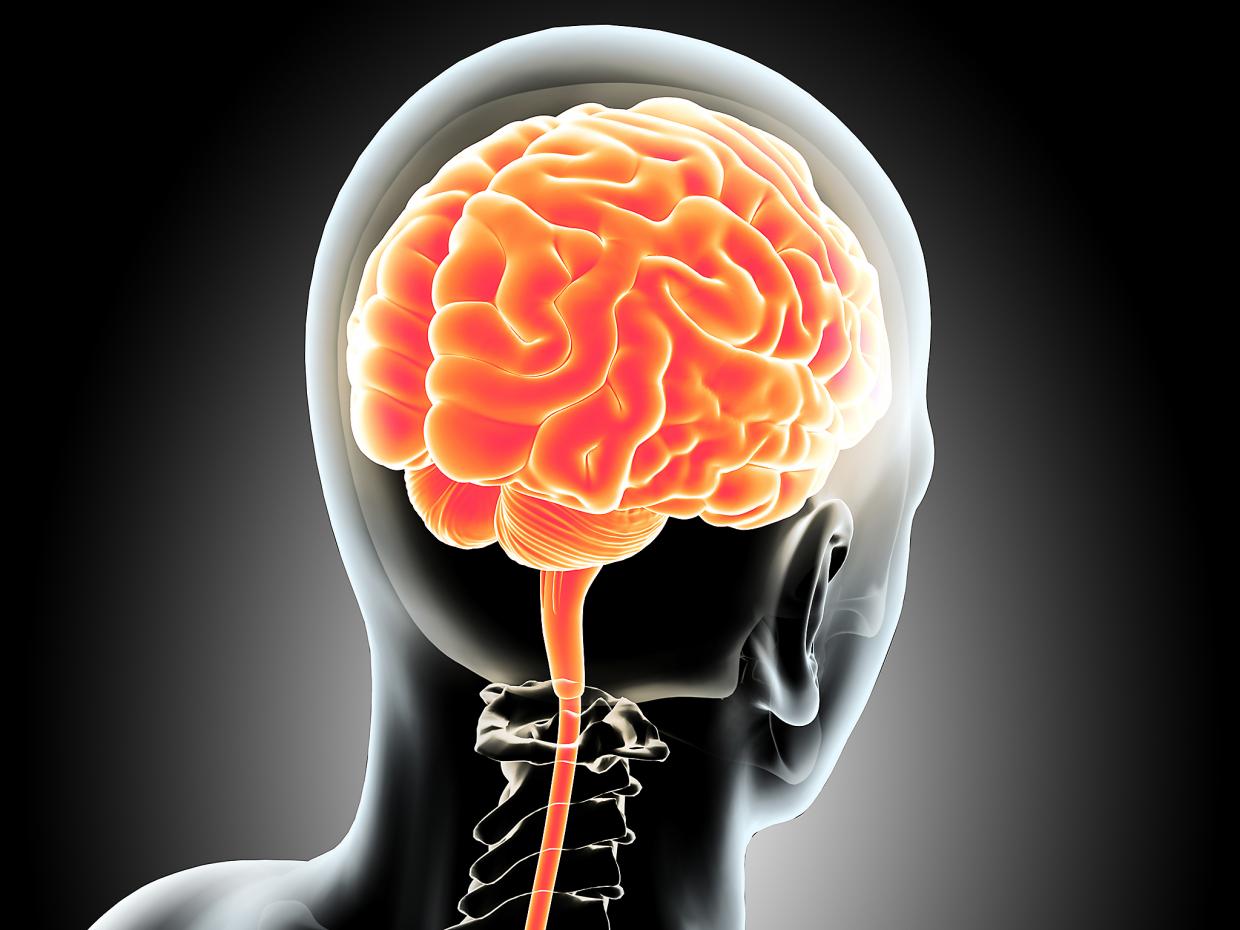






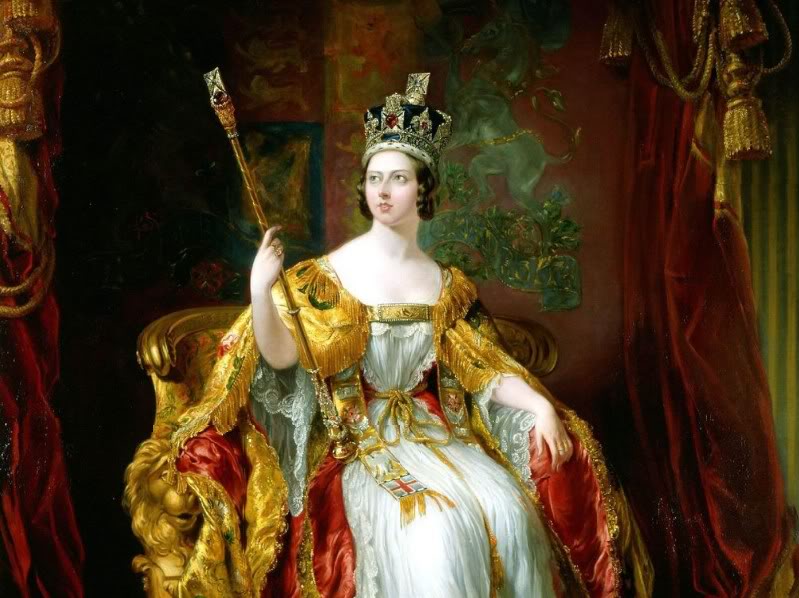
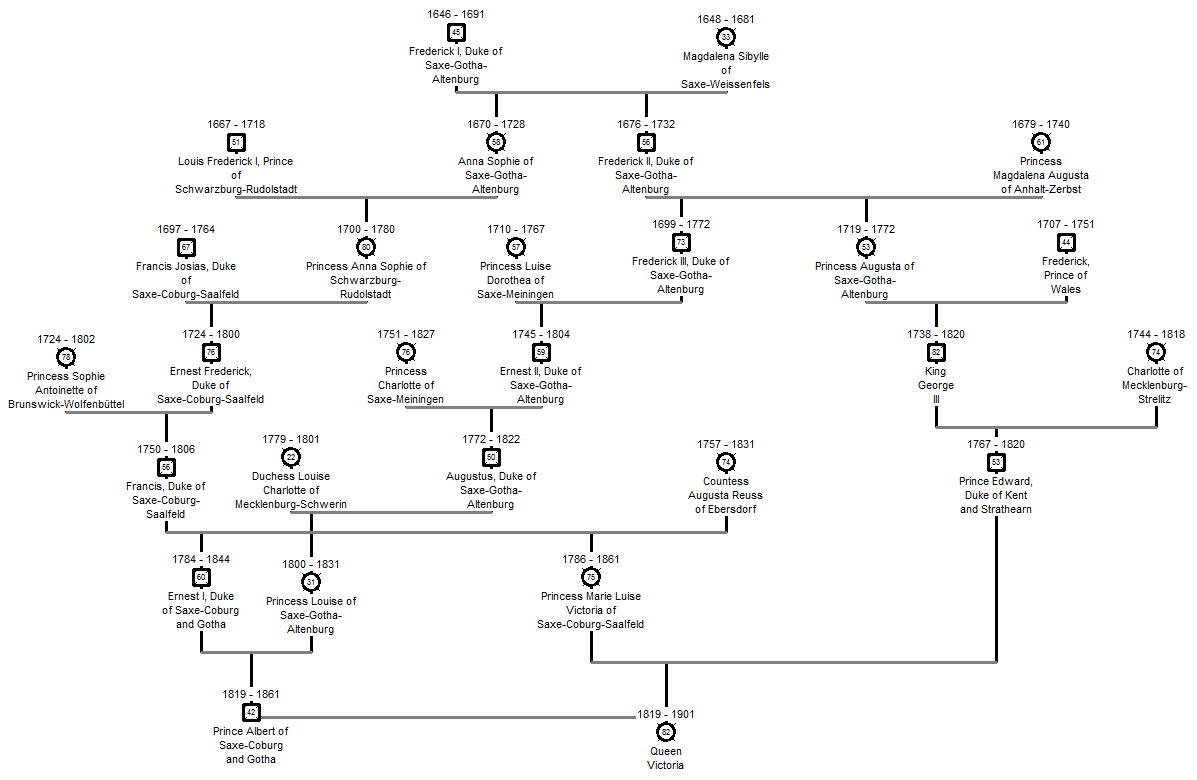





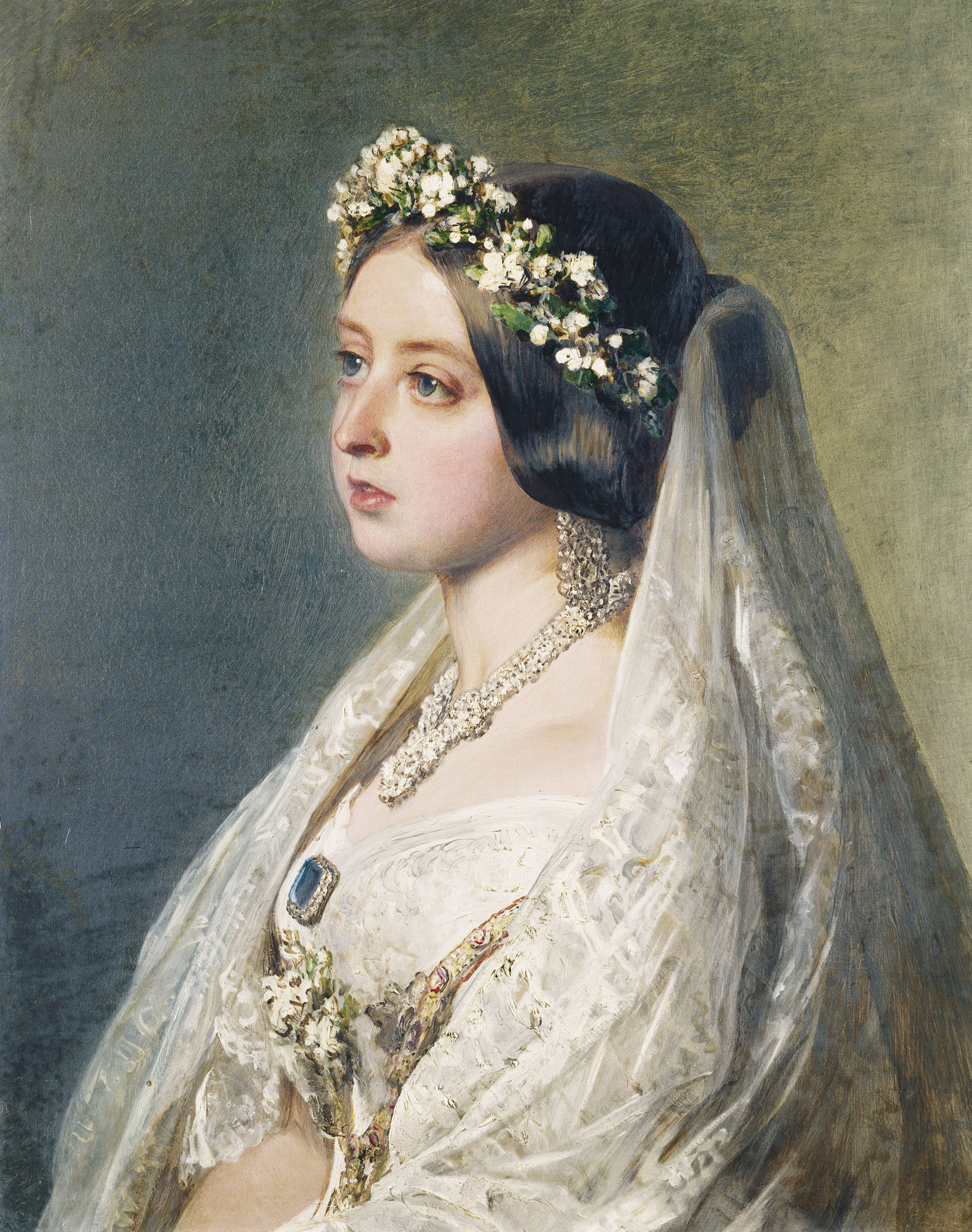







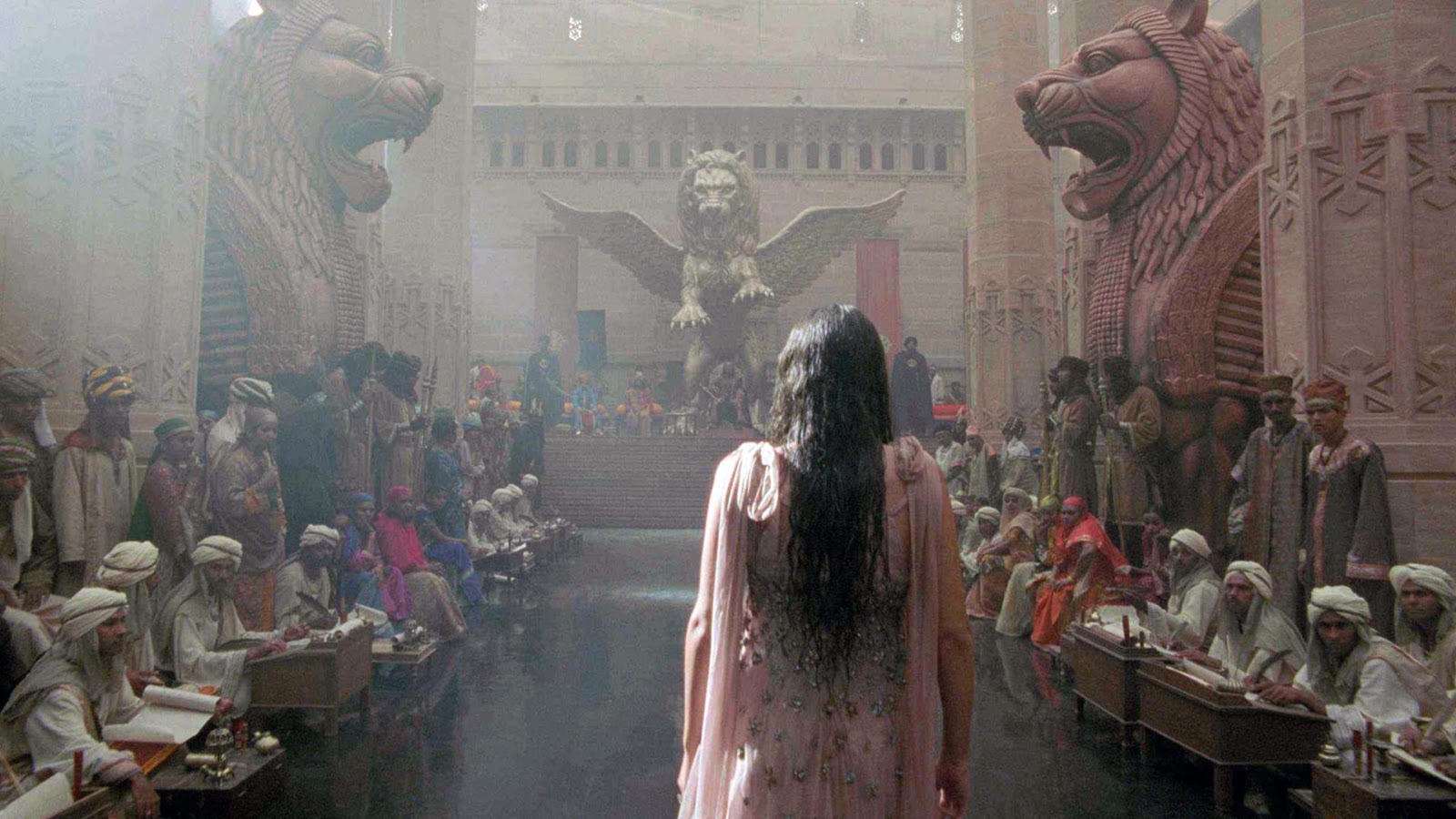










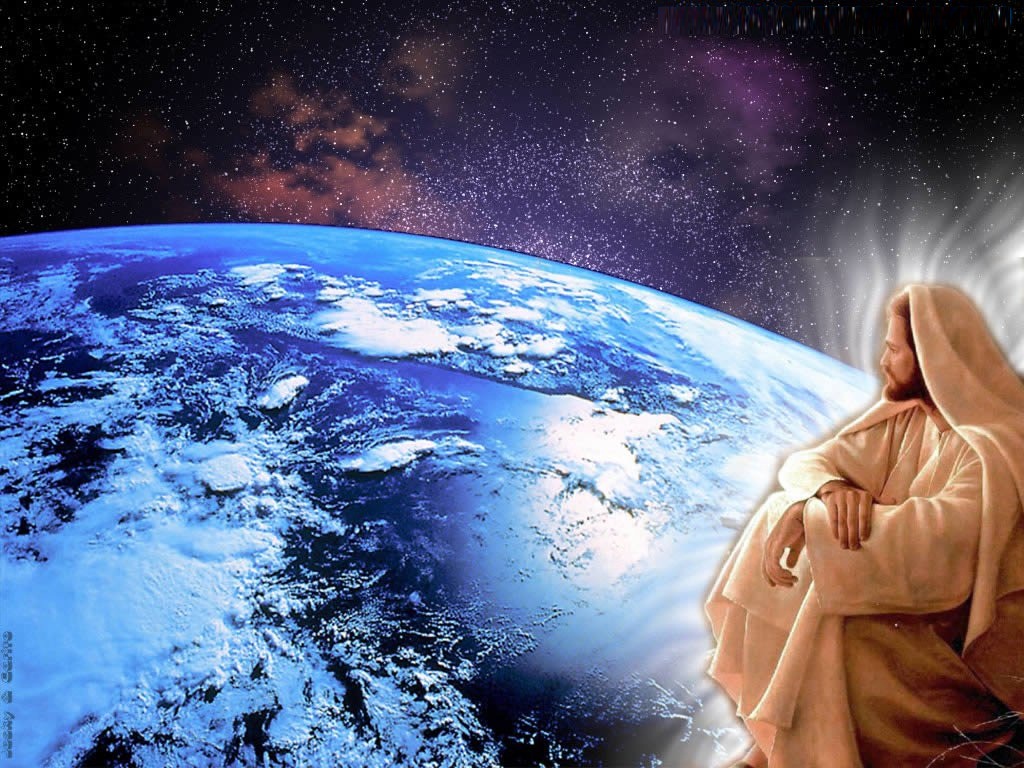


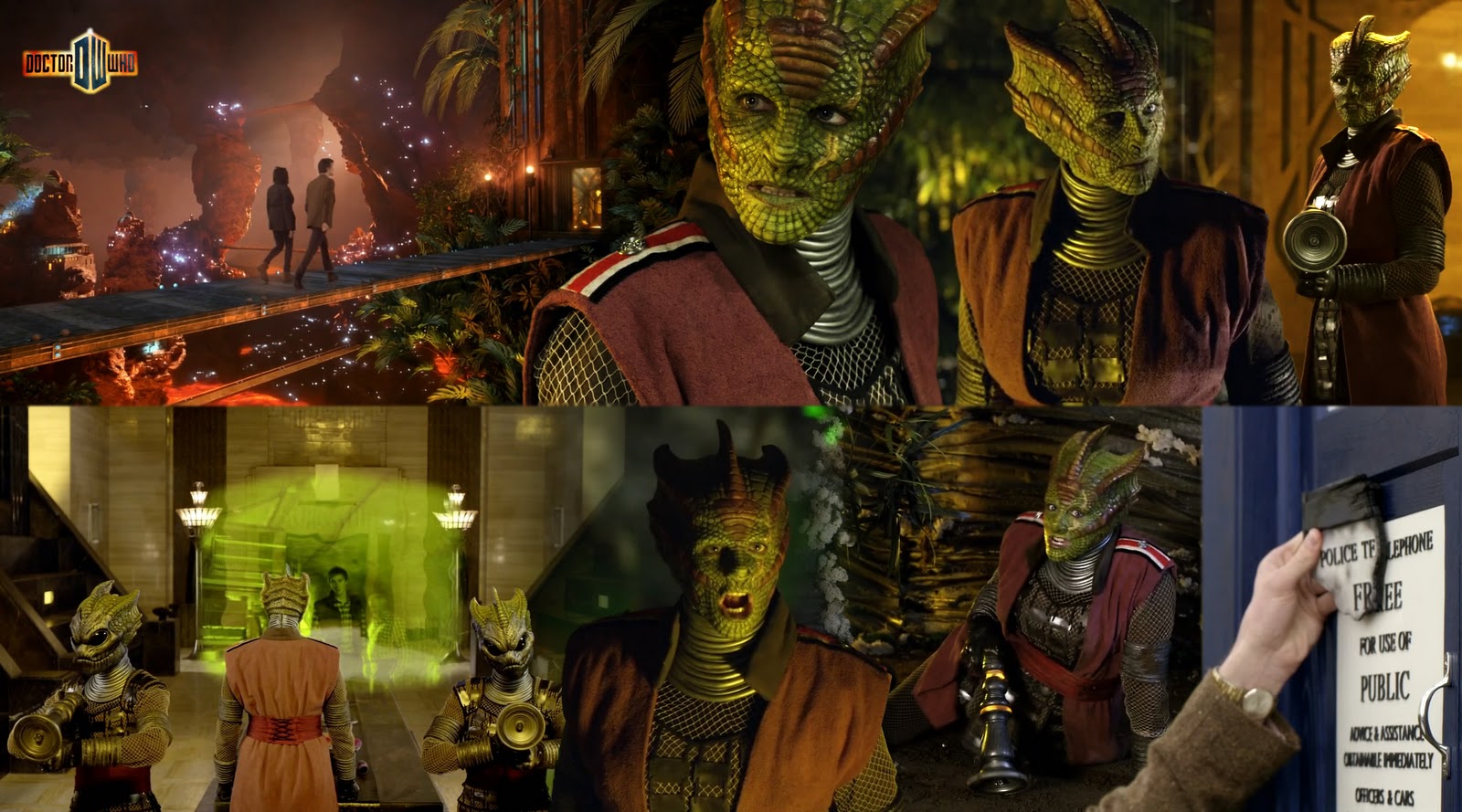






























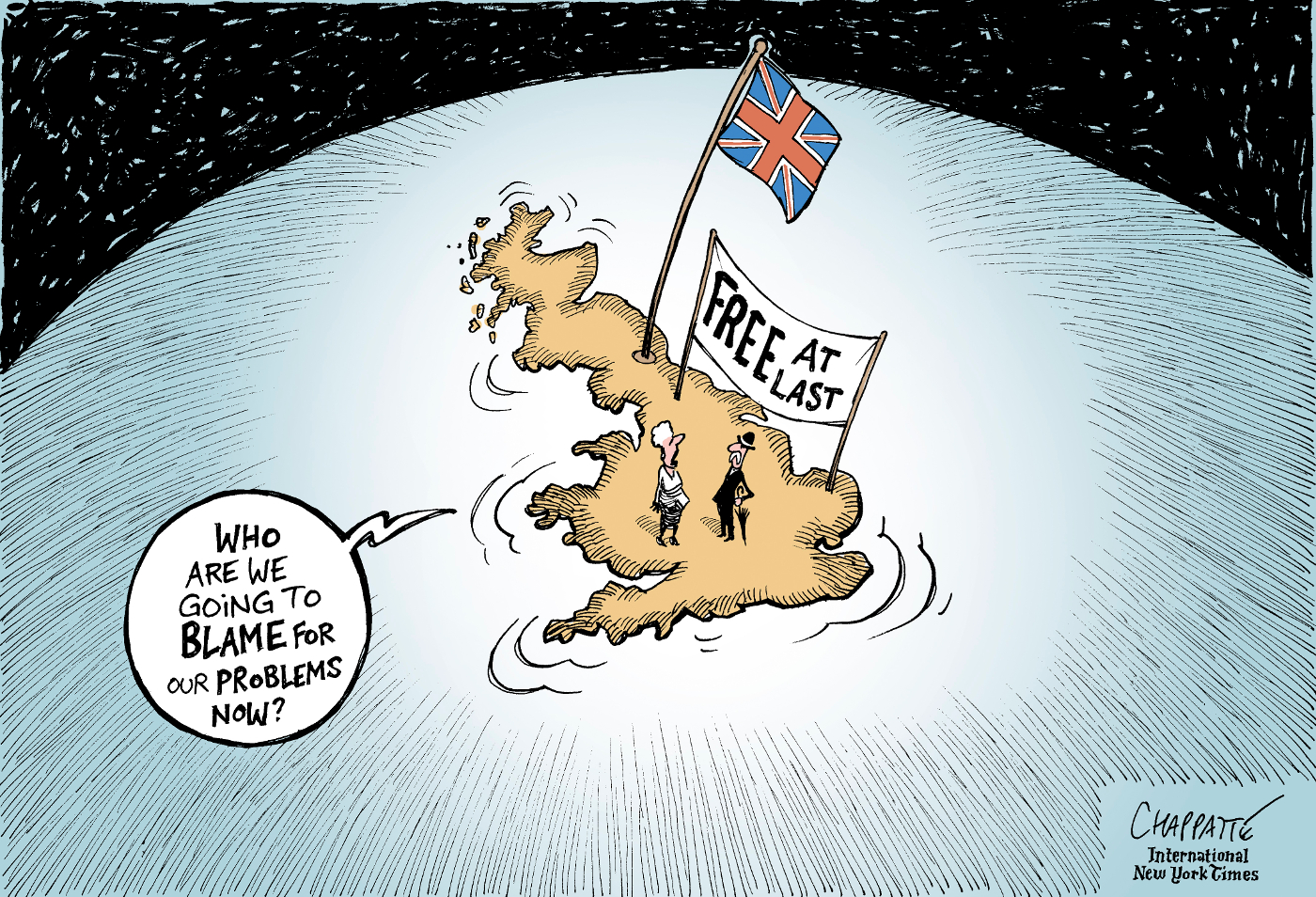















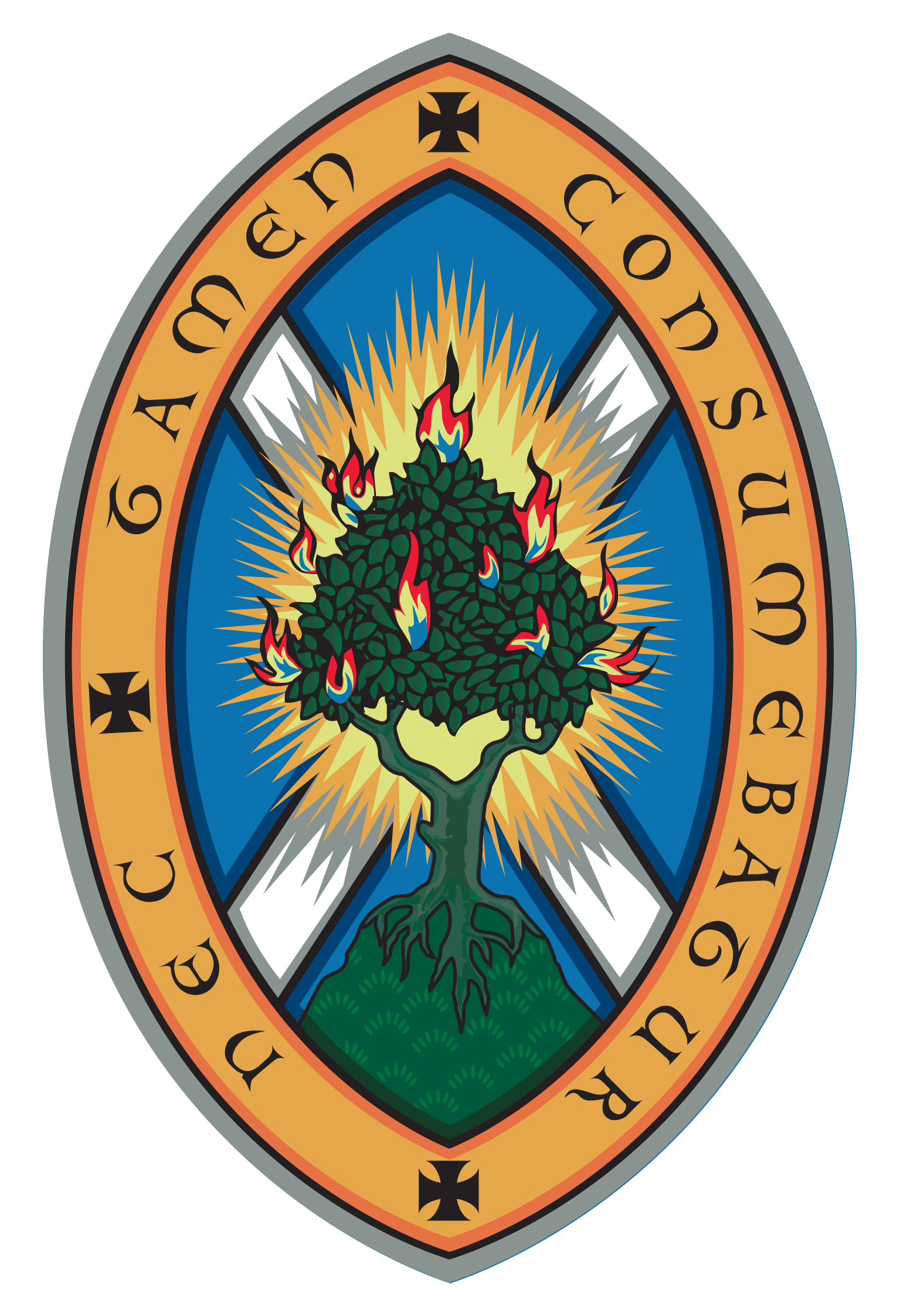









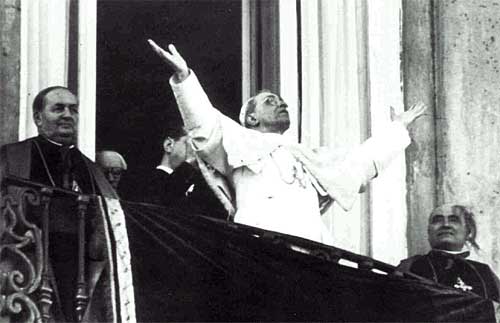
.jpg)

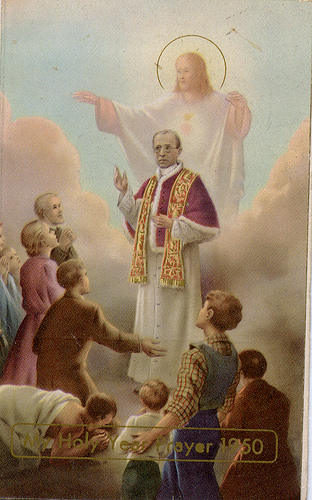







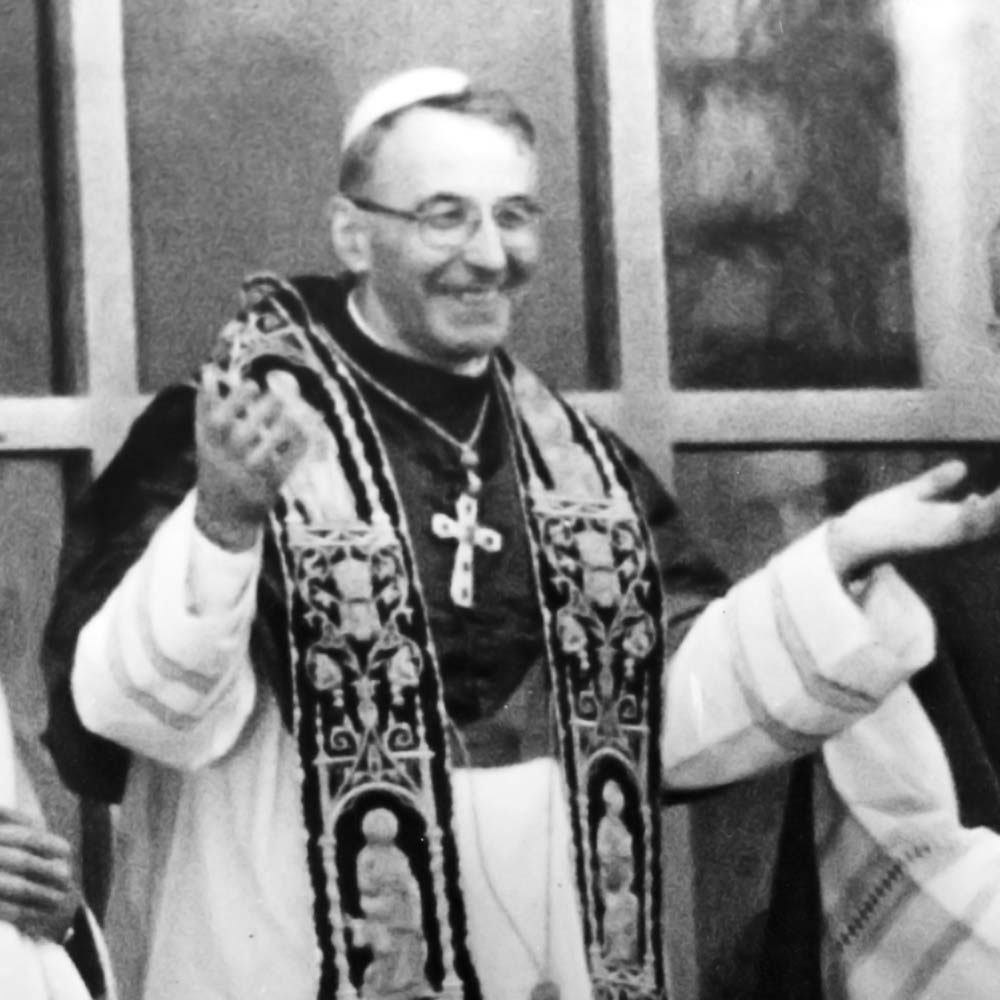

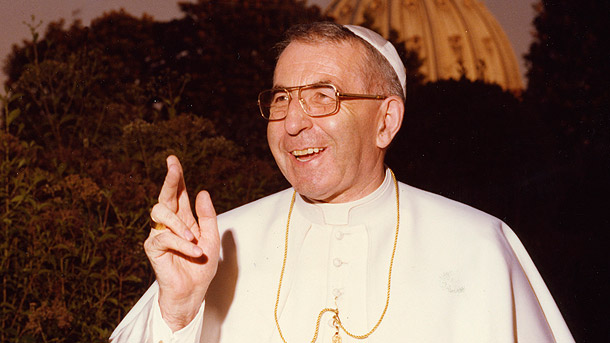
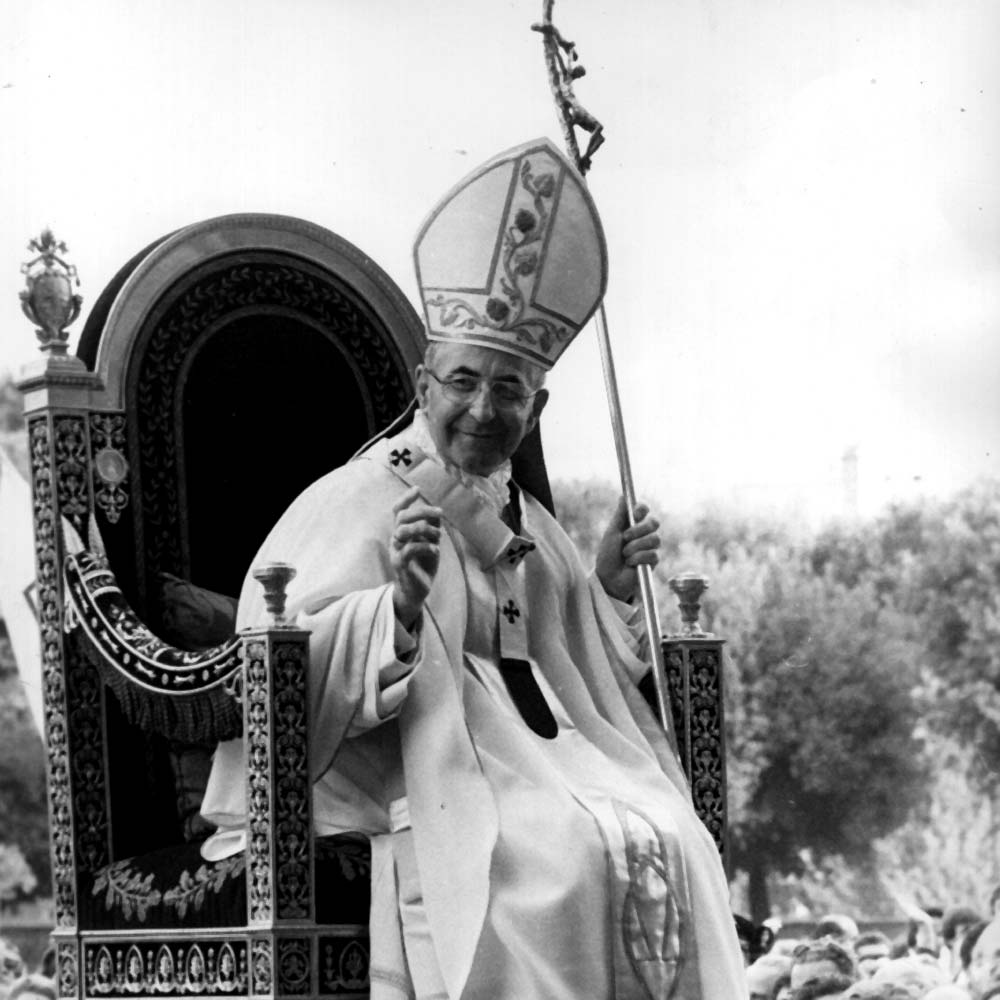
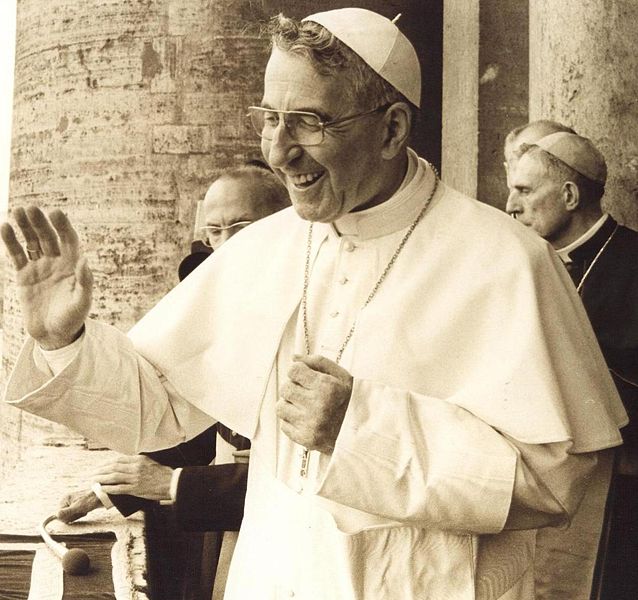


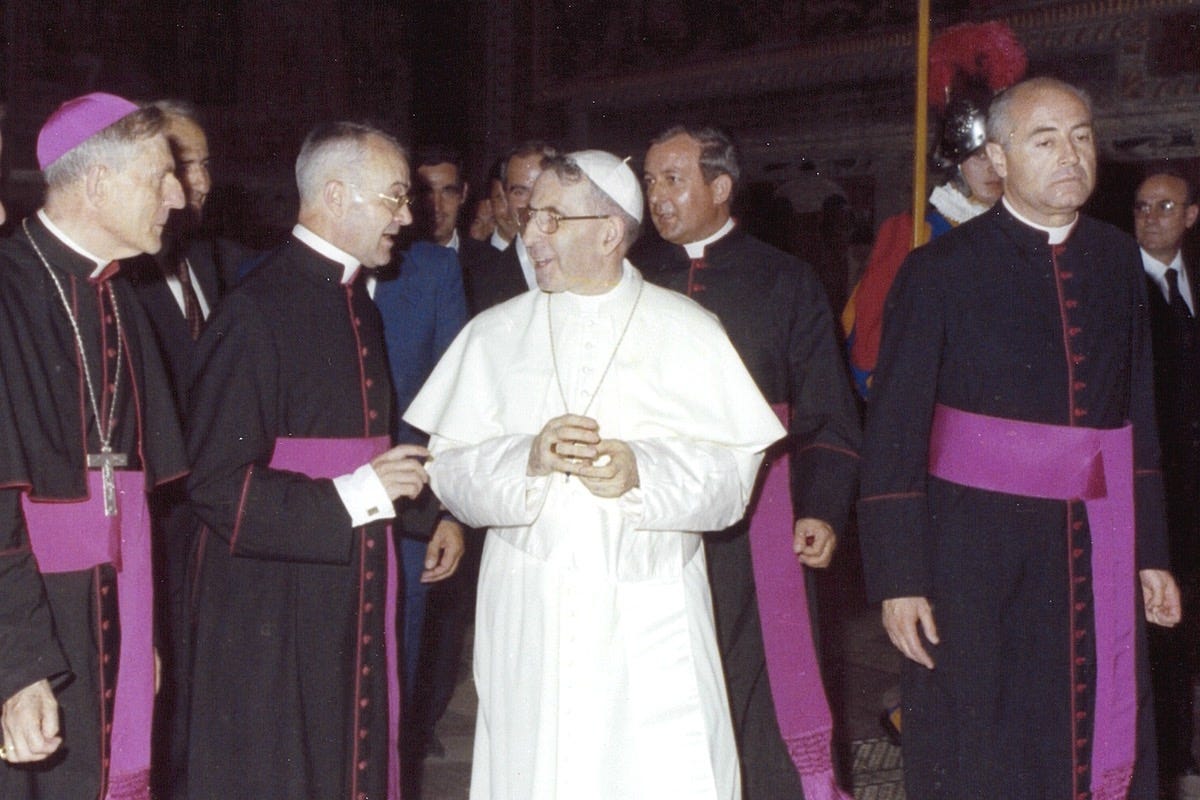





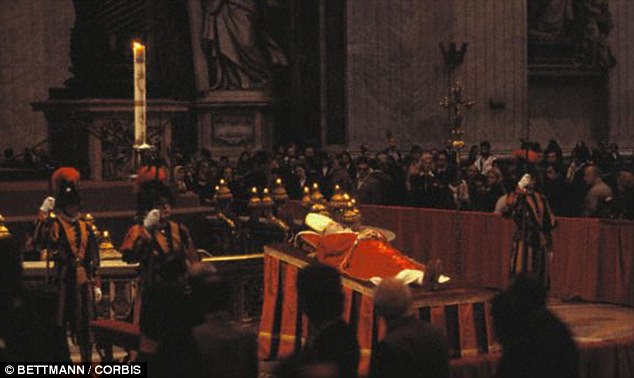






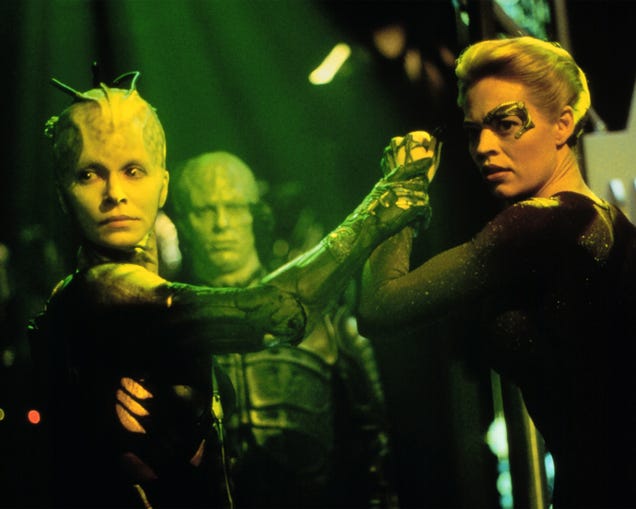



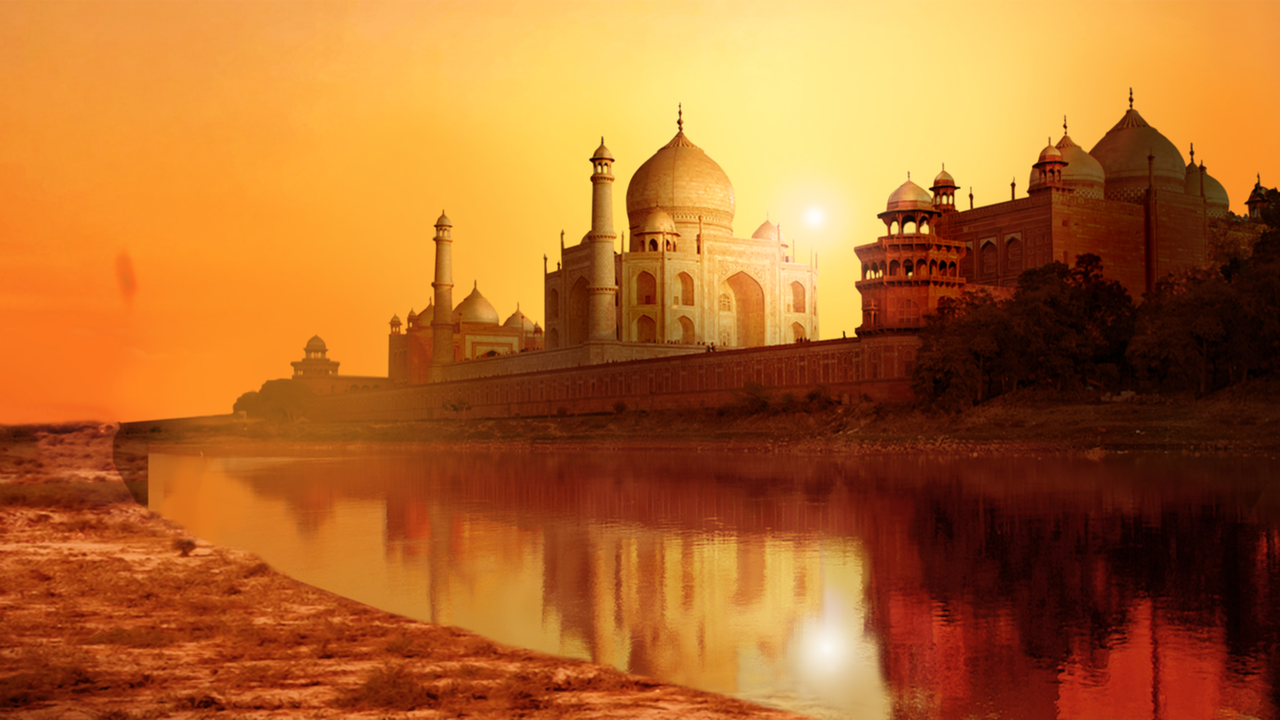
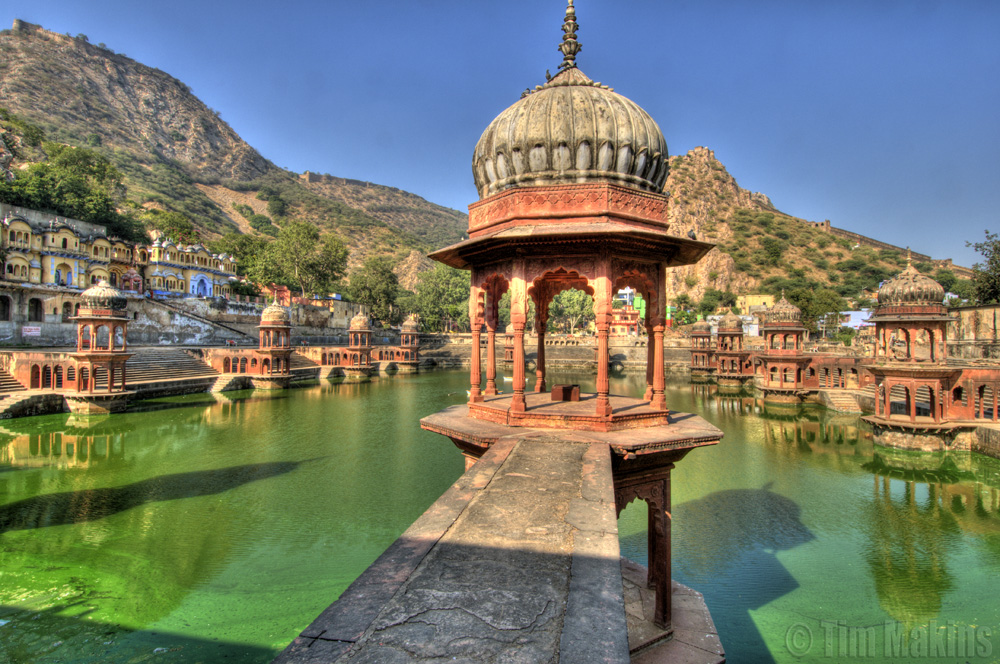


.jpg)



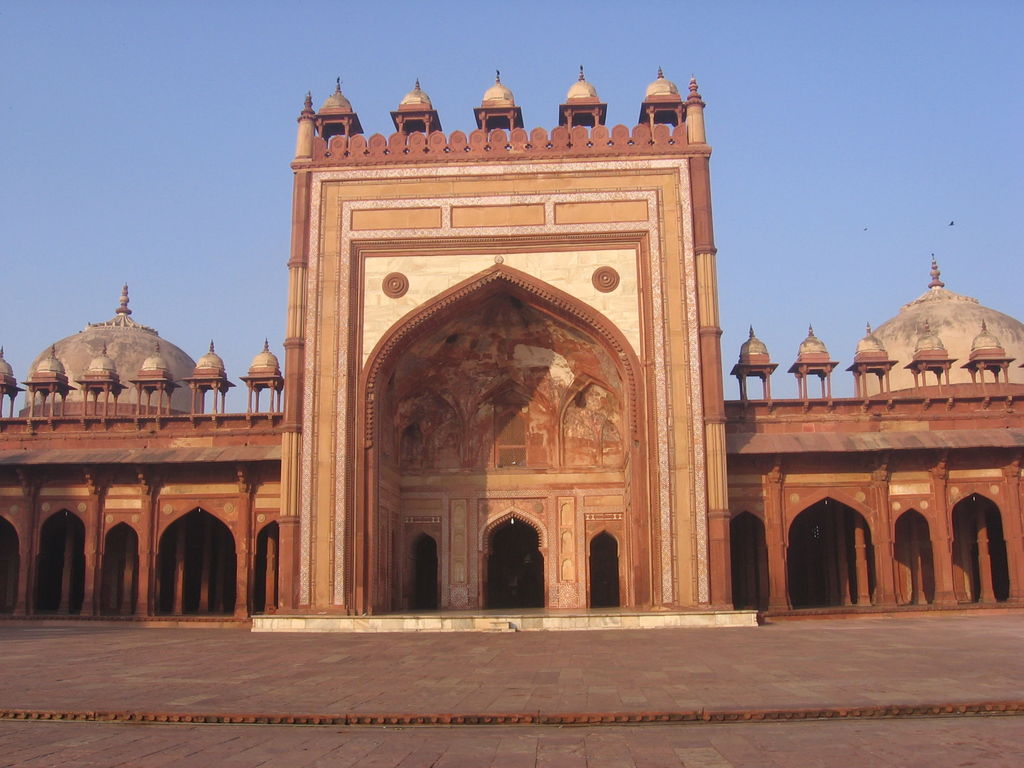











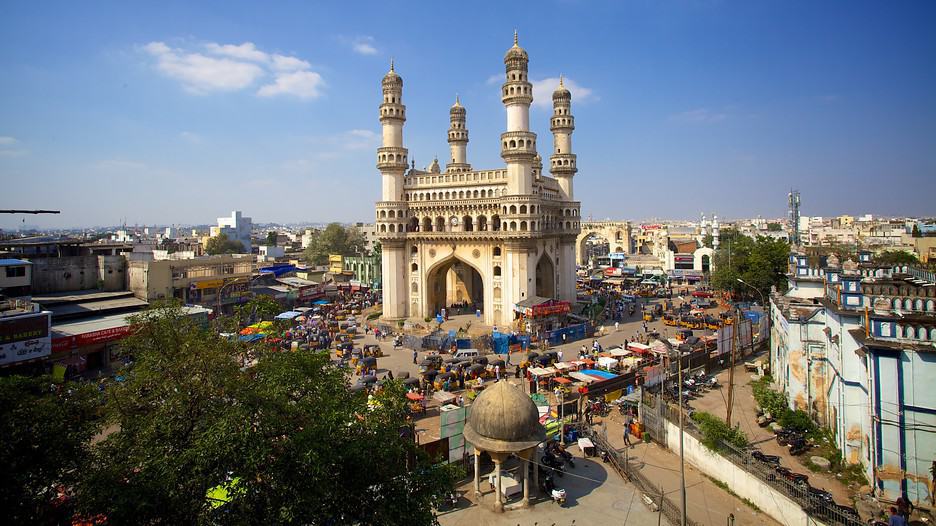




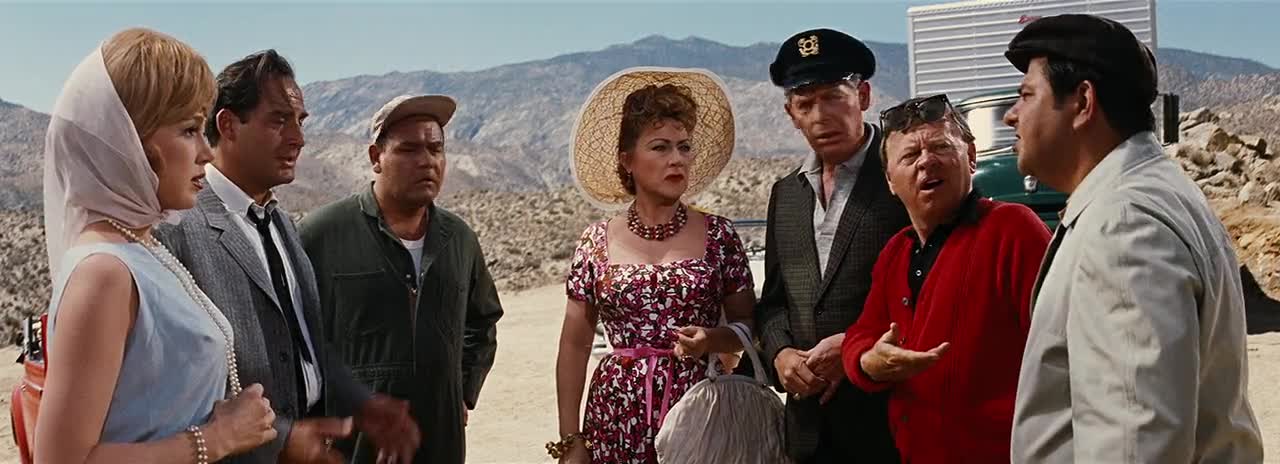
-large-picture.jpg)













 ) seek to lose to achieve enlightenment (
) seek to lose to achieve enlightenment (  )
) i want it all... and i want it now
i want it all... and i want it now















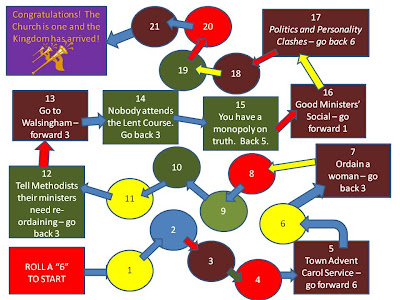


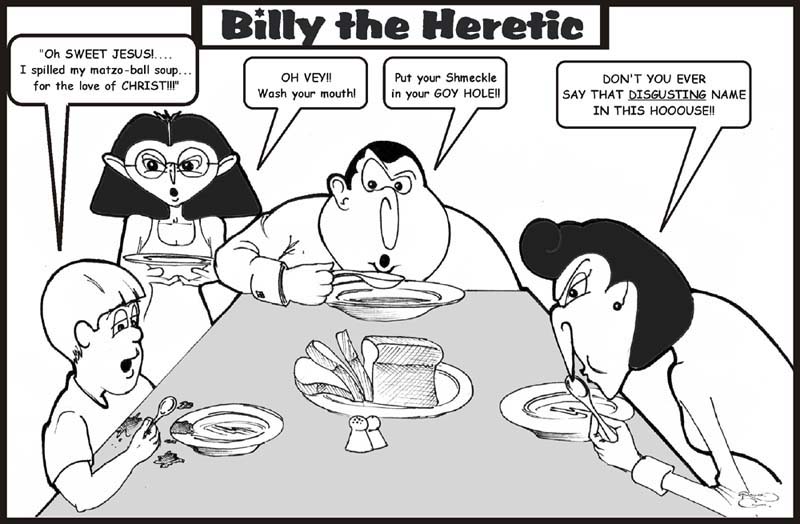







 see U allmighty
see U allmighty